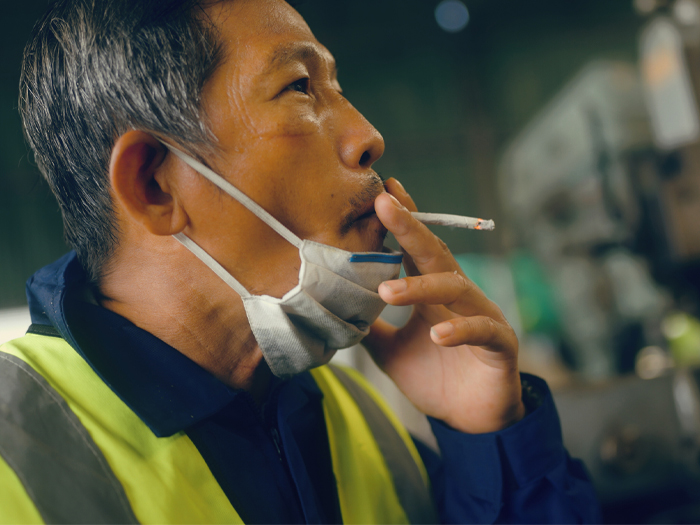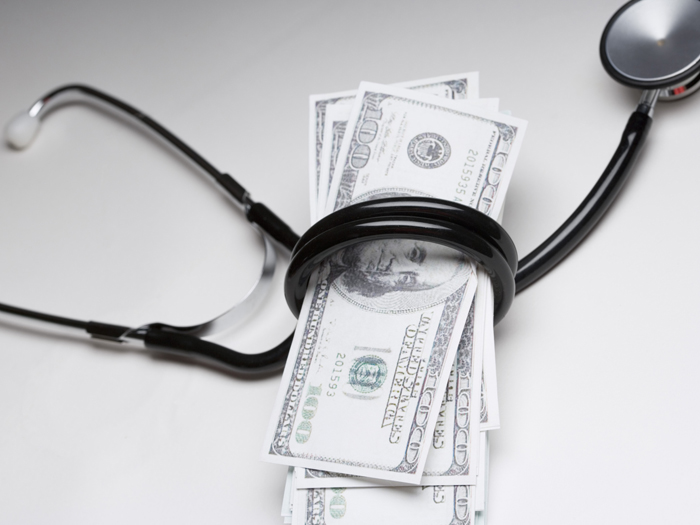3 Ways Technology Can Make Construction Safer During National Safety Month
Every June, thousands of organizations in the United States commit to safer business practices during National Safety Month.
Founded in 1996 by the National Safety Council (NSC), the campaign focuses on public awareness around reducing work-related injuries and fatalities that can occur on the road, in our homes and in our communities. This year, the NCS is focusing on such topics as hazard recognition, slips, trips and falls, fatigue and impairment. It is an ideal time for policyholders, their brokers and insurers to review safety practices and reaffirm their commitment to improving worker health and safety.
Construction is an industry where workplace safety is particularly important. According to the Department of Labor, construction’s rate of severe injury cases — those that lead to days away from work — is 20 % higher than all other American industries. In addition, because of the physically strenuous nature of their work, opioid use and abuse among construction workers has reached epidemic proportions.
Data and technology can now provide a powerful tool to improve worker health and safety. Here are several ways technology is being used to make construction sites safer:
1) Virtual Reality
For years, soldiers, surgeons and pilots trained on simulators. Soon they may be used to support heavy equipment operation and safety training. By using virtual reality headsets, workers can learn to safely manage challenging environments, such as heights or confined spaces, without ever leaving the classroom.
2) Drones
Falls are one of the most common causes of workplace injury and death. Construction workers routinely climb to great heights to work or inspect equipment. Drones can lessen this risk by conducting a full inspection of a site, skyscraper, bridge or cell phone tower. Drones can also take photos of work progress to keep everyone informed of changing work conditions.
3) Wearables
Wearable devices have tremendous potential to decrease OSHA’s Fatal Four Hazards: electrical, fall, struck-by and caught-in or -between hazards.
Wearables act as extra eyes, ears, and hands on a job site. They capture real-time data from equipment, workers and the environment. Instead of relying on assumptions and anecdotes on where and when accidents occur, risk managers now have objective data, which can help them evaluate safety challenges and risks.
Data can also streamline incident investigation and claim reporting because it creates an objective digital safety log that includes relevant information such as the time, the location, and the weather conditions on site. This helps safety leaders, risk managers, and insurance professionals understand the context around an event and a possible claim.
Several textile manufacturers are currently experimenting with smart clothing, or e-textiles, which can monitor vital signs such as skin temperature and heart rate. These items and other devices can prevent an accident before it occurs because they can monitor a worker’s posture and track their movements to determine if they are fatigued, intoxicated or under the influence of narcotics.
The impact of construction — and other labor-driven industries — in moving toward smart technology and digital solutions will be significant. The pace of change is extraordinary as is the potential for improvements to safety, quality and claims outcomes. &











